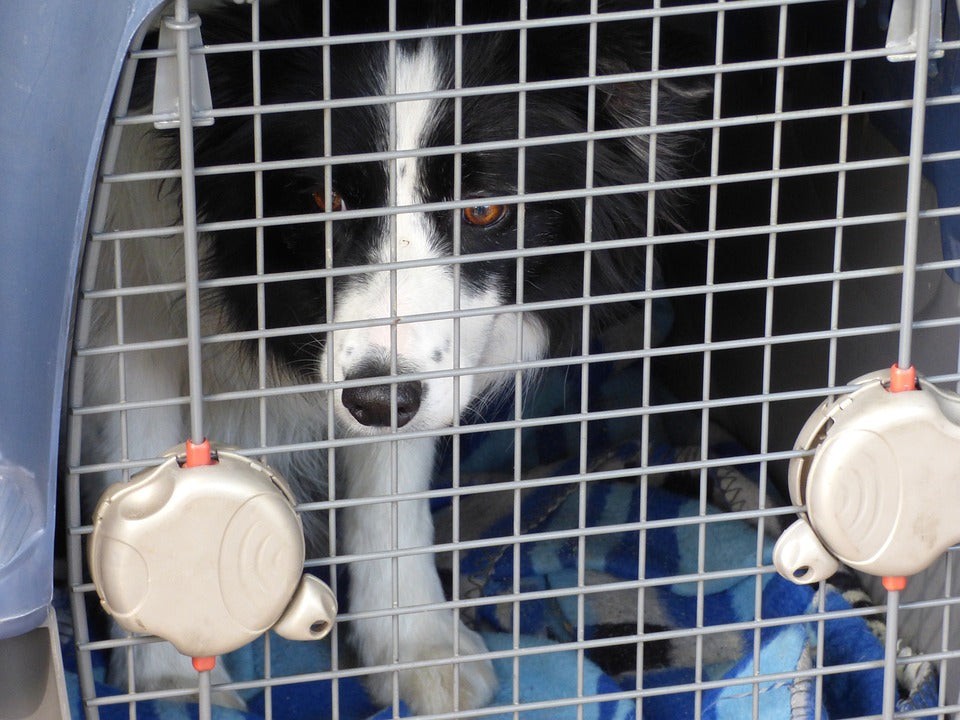Choosing the right confinement solution for your new puppy can be overwhelming. Is a crate or playpen the better option? Both offer benefits and drawbacks, and the ideal choice depends on your puppy’s age, temperament, and your training goals. This article explores the pros and cons of each to help you make an informed decision for your furry friend.
Understanding Crates and Playpens
Before diving into the comparison, let’s define each option:
Dog Crate: A crate is a smaller, enclosed space typically made of wire or plastic. It’s designed to provide a den-like feeling for your puppy, promoting a sense of security and aiding in potty training.
Puppy Playpen: A playpen is a larger, enclosed area, often constructed with wire panels, that offers more room for your puppy to move around. It provides a safe space for play and exploration.
Crate Training: Pros and Cons
Advantages of Crate Training:
- Potty Training Aid: The confined space discourages accidents, as dogs instinctively avoid soiling their sleeping area. A crate helps establish a routine for potty breaks.
- Safe Haven: Provides a secure and comfortable den-like space where your puppy can retreat when feeling overwhelmed or anxious.
- Travel Safety: Acclimates your puppy to confinement, making car rides and vet visits less stressful.
- Prevents Destructive Behavior: Keeps your puppy from chewing furniture or getting into trouble when unsupervised.
Disadvantages of Crate Training:
- Confinement Anxiety: If not introduced properly, a crate can cause anxiety and distress. Gradual introduction and positive reinforcement are crucial.
- Limited Space: Can be too restrictive for extended periods, especially for energetic puppies. Puppies need time to play and exercise.
- Potential for Isolation: Overuse can lead to feelings of isolation and lack of socialization.
Playpen Training: Pros and Cons
Advantages of Playpen Training:
- More Freedom: Allows for more movement and play compared to a crate. Provides space for toys and a designated potty area.
- Reduced Confinement Anxiety: The larger space can lessen feelings of confinement for puppies prone to anxiety.
- Longer Supervision: Suitable for longer periods of confinement, as puppies have room to play and explore.
- Facilitates Socialization: Can be used to introduce puppies to other dogs or people in a controlled environment.
Disadvantages of Playpen Training:
- Potty Training Challenges: The larger space can make it harder to establish a consistent potty routine. Accidents may be more likely.
- Potential for Escape: Determined puppies may find ways to climb or jump out, especially if the playpen is not tall enough or securely fastened.
- Not Ideal for Travel: Less portable and convenient for travel compared to a crate.
Which is Better: Crate or Playpen?
The answer depends on your individual puppy and circumstances.
A crate is often better for:
- Potty training: The smaller space encourages proper habits.
- Travel: Provides a safe and familiar space on the go.
- Puppies who are prone to destructive behavior: Limits access to household items.
A playpen is often better for:
- Energetic puppies who need more space to move around.
- Longer periods of confinement when you can’t directly supervise.
- Creating a designated safe space within a larger room.
Combining Crate and Playpen Training
Ideally, you can use both a crate and a playpen to maximize benefits. The crate can be used for sleeping and potty training, while the playpen offers a larger area for playtime and exploration during the day. This approach provides a balance of structure and freedom for your growing puppy.
Conclusion
Choosing between a crate and playpen for your puppy depends on your individual needs and training goals. Consider your puppy’s age, temperament, and the amount of time they will spend confined. By understanding the pros and cons of each, you can make the best decision for your furry friend’s well-being and development. Often, a combination of both provides the most balanced approach.


